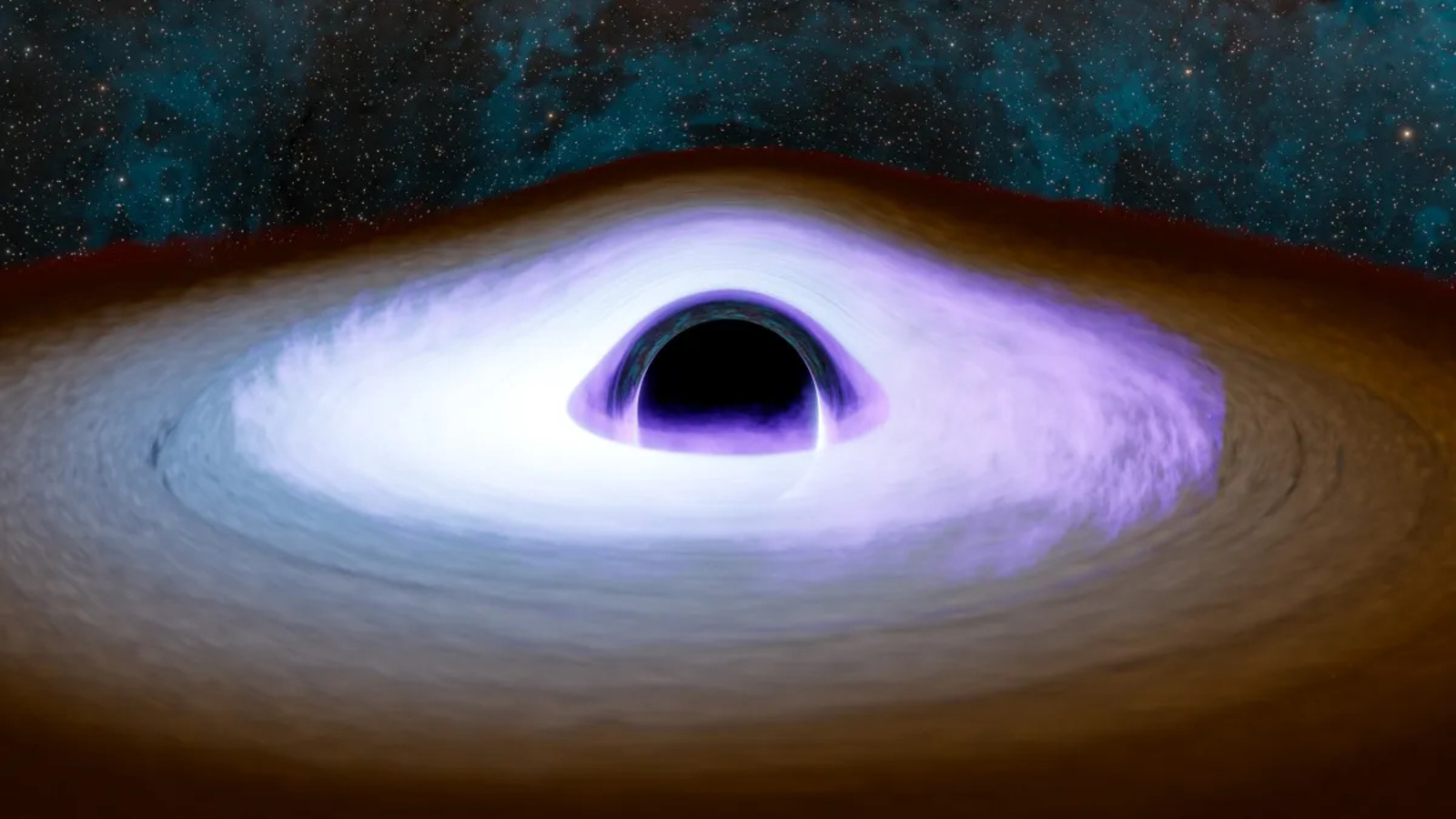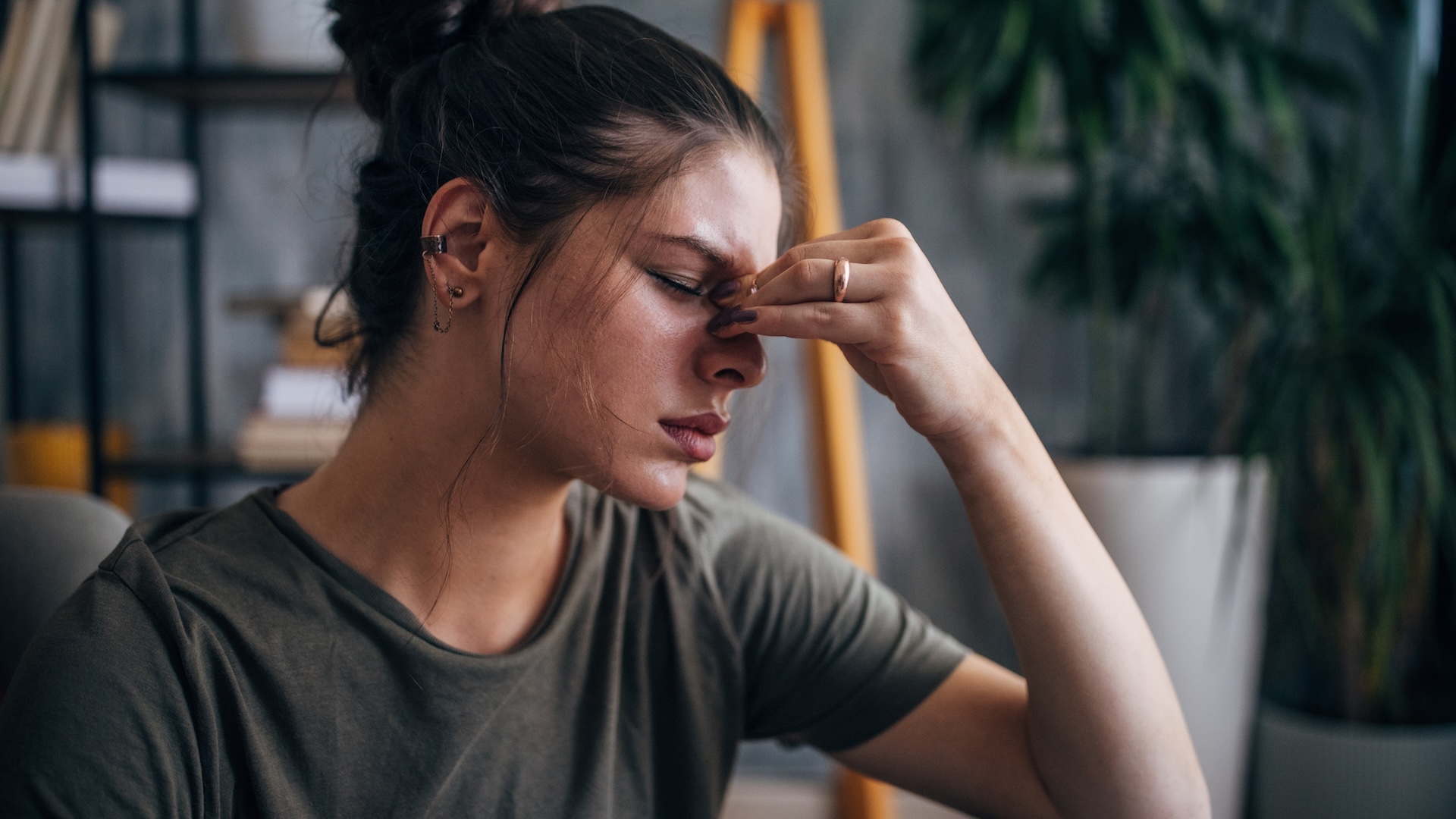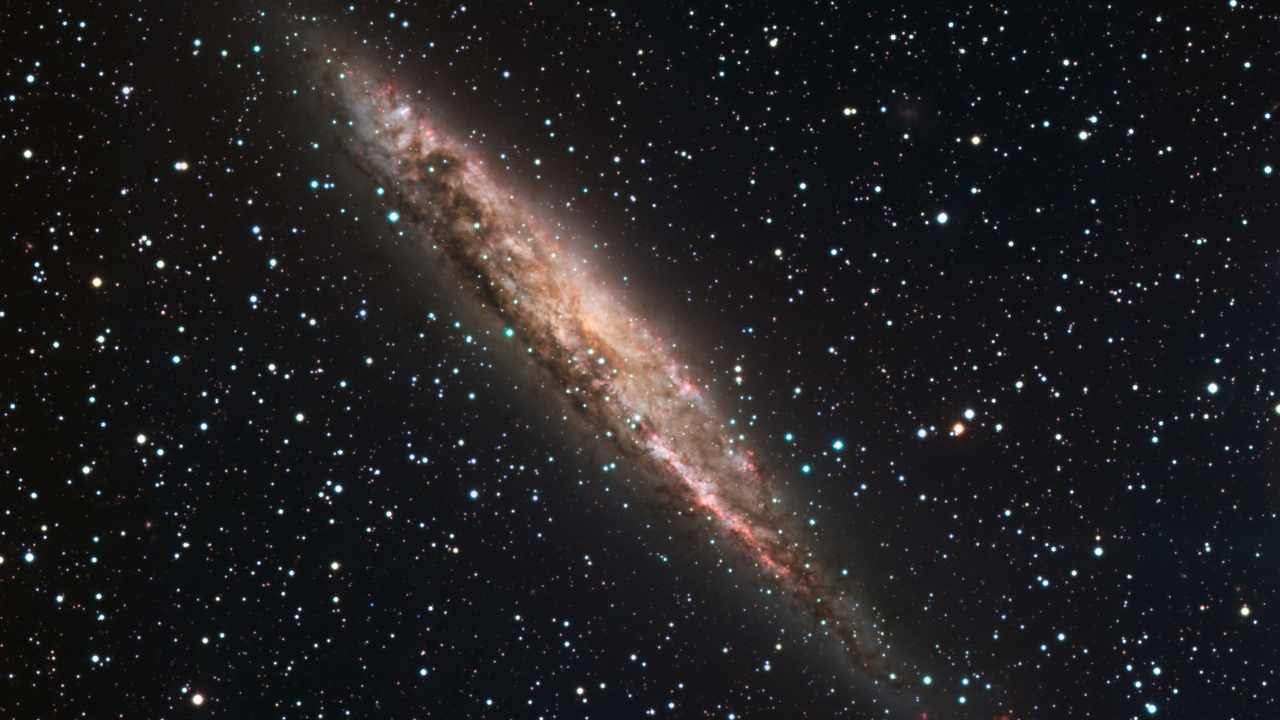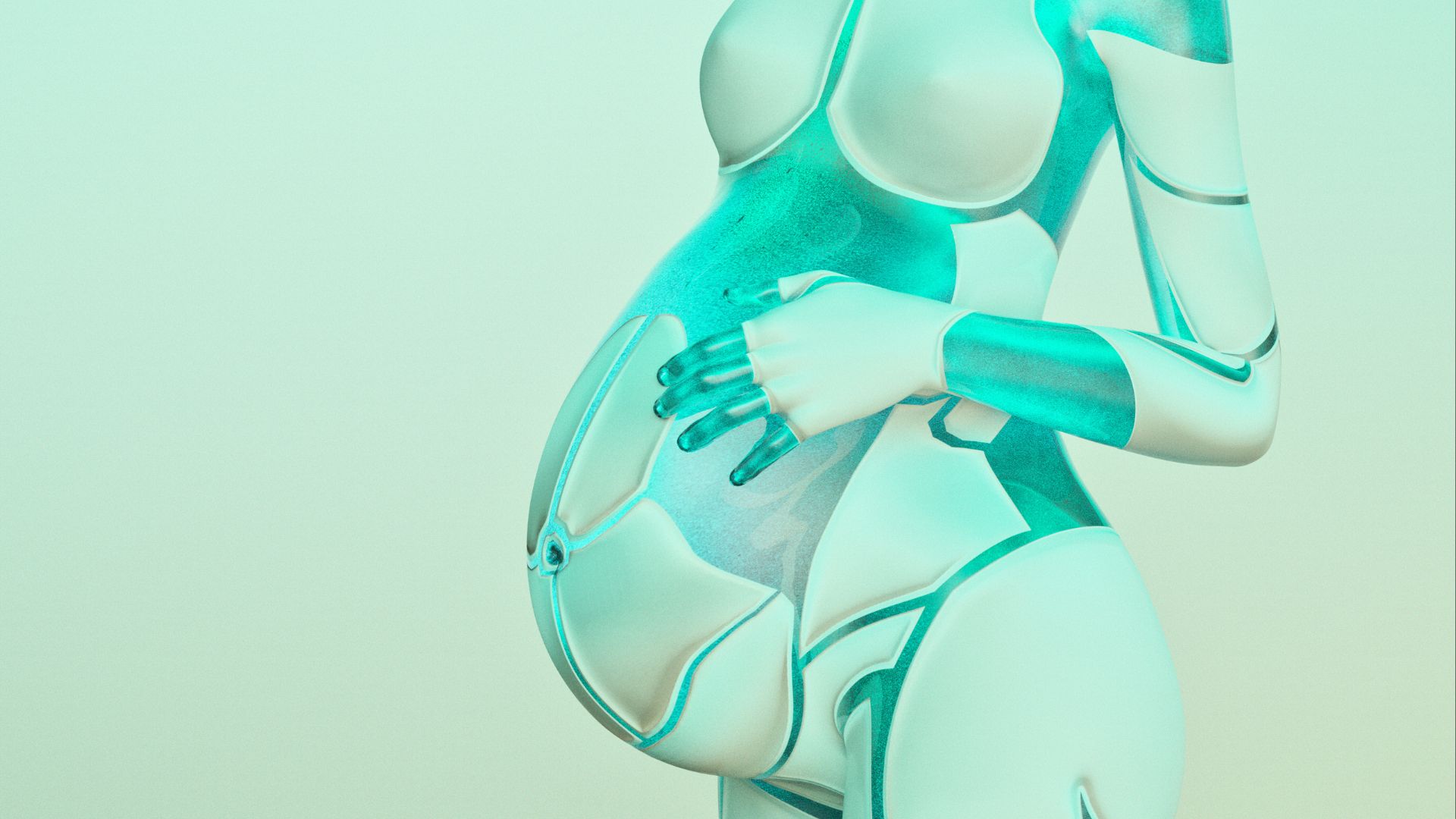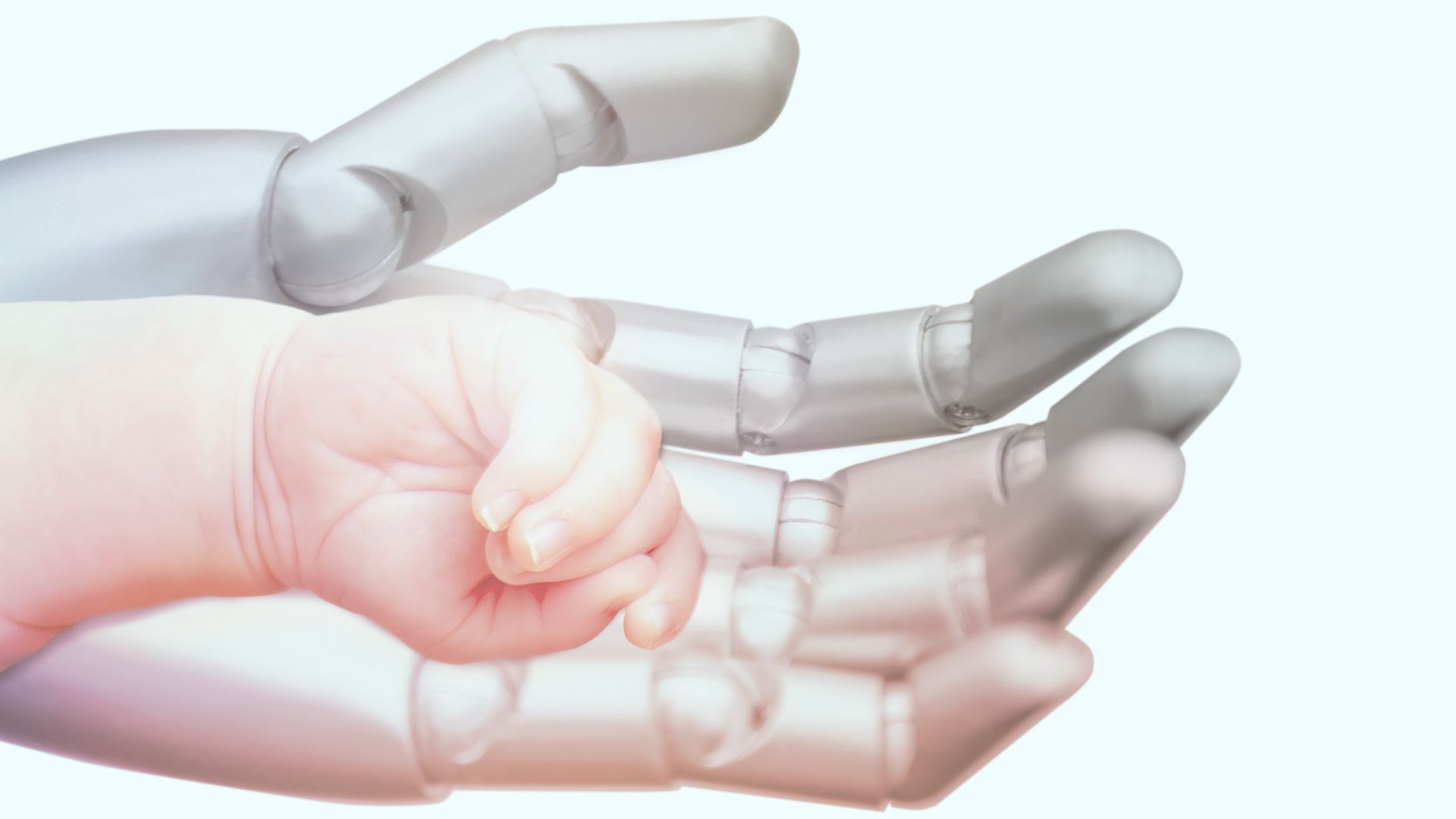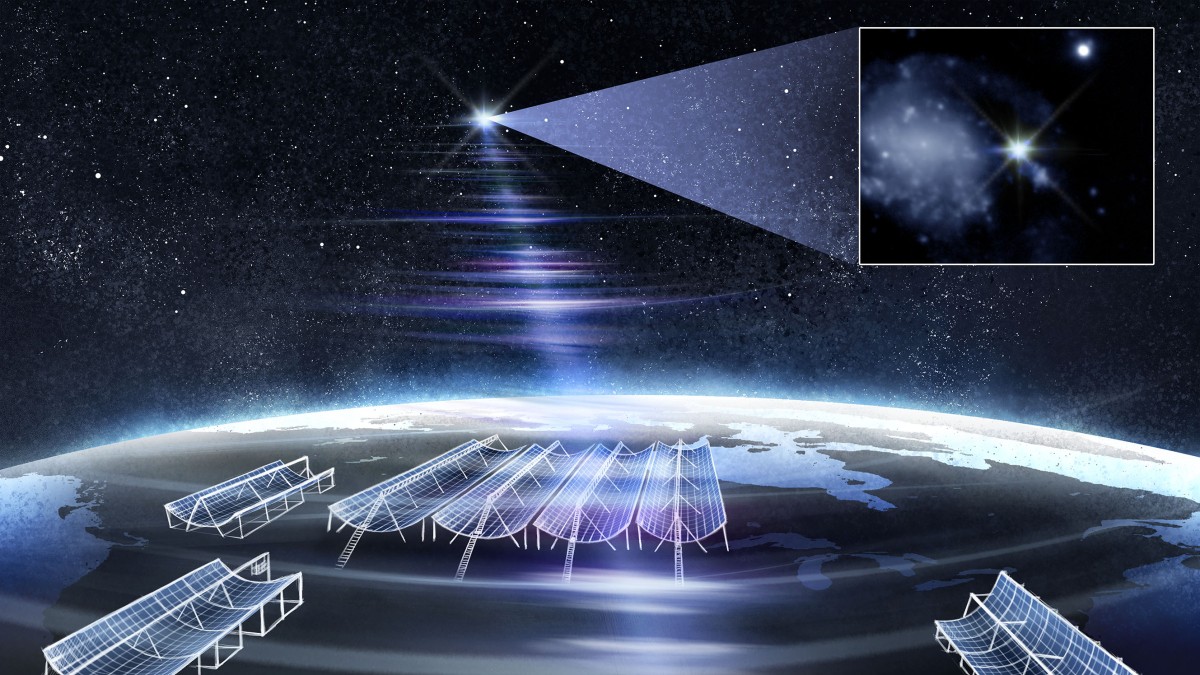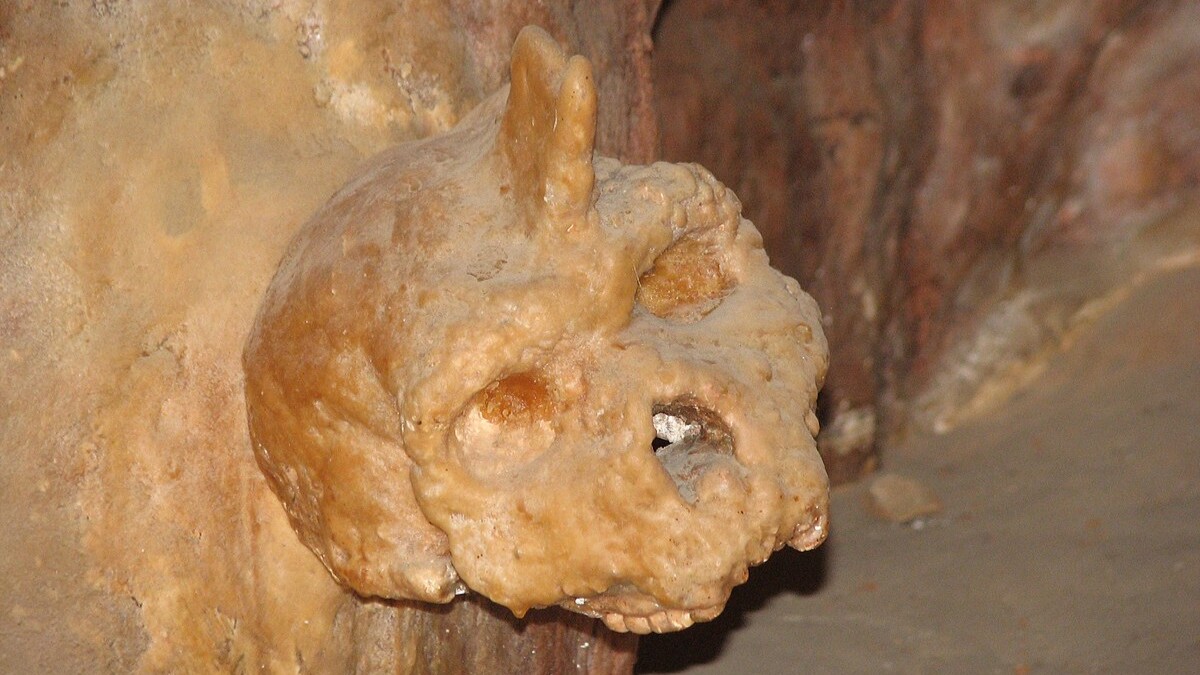Missing your morning coffee is a headache — literally. Though caffeine is often used to kick-start a day or deliver an energy boost, a sudden drop in consumption can cause painful headaches. And for those trying to kick a coffee habit entirely, the pain can be particularly agonizing.
“Caffeine withdrawal headaches can be surprisingly intense,” Dr. Nolan Pearson, a neurologist and headache specialist at Cedars-Sinai Medical Center in Los Angeles, told Live Science. “It can trigger a migraine-type headache, so it can be pulsing, pounding, throbbing.”
But why is caffeine withdrawal so excruciating? Neurologists still aren’t entirely sure, but they have a few theories and some tips on how to treat these nasty headaches.
Caffeine withdrawal headaches occur after a person consumes more than 200 milligrams of caffeine — the amount in about two cups of coffee — per day for more than two weeks and then abruptly stops, according to the International Classification of Headache Disorders (ICHD-3). The headaches usually appear within 24 hours without caffeine, and typically go away within one week or when caffeine is consumed again.
Why withdrawal headaches are so painful remains somewhat unclear. Because caffeine affects many parts of the body, experts haven’t been able to pin down a single overarching cause. But the pain likely comes, in part, from dilated blood vessels.
Caffeine constricts blood vessels — which is part of the reason why the drug can also, paradoxically, be used to relieve some types of headaches, according to the Mayo Clinic. When caffeine use stops, those blood vessels swell, causing more blood flow and, therefore, pain. But Dr. Brian McGeeney, a neurologist and headache specialist at Boston’s Brigham and Women’s Hospital, said that’s just one contributing cause.
“It’s involved, but it’s not the whole story,” he told Live Science.
Related: Does caffeine help or cause headaches?
Another explanation for caffeine withdrawal headaches has to do with adenosine receptors. The drug blocks adenosine, a building block of RNA, from attaching to receptors scattered across the central nervous system. This causes neurons to fire more quickly and blood vessels to constrict, which, in turn, makes people feel more alert and awake.
When someone stops consuming caffeine, the sudden buildup of adenosine in the body can contribute to withdrawal headaches. This is also why caffeine is commonly used to treat headaches: By blocking adenosine receptors, it prevents blood vessel dilation from the outset. In fact, caffeine can make painkillers like ibuprofen and acetaminophen work more efficiently, according to the Mayo Clinic.
But, as Pearson noted, much of caffeine withdrawal is yet to be explained. “We certainly don’t know, but these are all reasons why it might be causing headaches,” he said.
Caffeine withdrawal often happens in hospital settings when patients have to quit their coffee habit to undergo a medical procedure. Some studies also show caffeine withdrawal symptoms in people who fast, such as Muslims observing Ramadan.
“When life is interrupted unpredictably, like you end up in the emergency room or get admitted to hospital, you see a lot of caffeine withdrawal,” McGeeney said.
Caffeine is usually safe in moderation. But when someone is looking to reduce or eliminate their caffeine intake, experts agree that the best strategy is to cut down gradually. Drink a little less each day, or substitute lower-caffeine alternatives, like tea, to make the transition easier.
“If somebody’s using caffeine chronically and they want to cut back, I would do it quite gradually,” Pearson said. “So no faster than about 25 to 50 milligrams of caffeine reduced per day — that’s a quarter to half a cup of coffee.”
If a headache lasts longer than a week, Pearson recommended seeking medical care, as that time frame suggests the headache may be triggered by something other than caffeine withdrawal.
This article is for informational purposes only and is not meant to offer medical advice.


